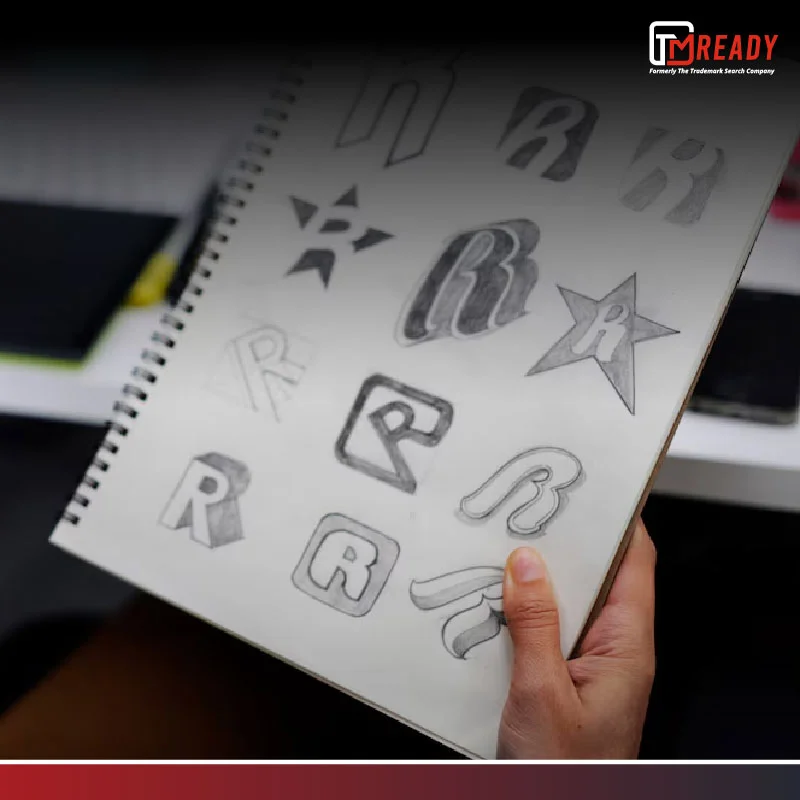A trademark is a clearly recognized design, phrase, symbol, slogan, or word with the ability to distinguish the products or services of a brand from those offered by other sources.
A brand’s trademark can be found on :
- Label
- Packaging
- Advertisements
- Voucher
Apart from the conventional trademarks (symbol, logo, phrase), there are a couple of unconventional or non-traditional trademarks.
Examples of Non-traditional Trademarks
- Smell/Scent Trademarks
- Motion/Multimedia Marks
- Sound
- Color
- Hologram
- Shape
- 3D
- Location
- Taste marks
Out of all these unconventional trademarks, today we will talk about color trademarks and their regulation in India.
Only when a product’s packaging’s one color or combination of colors is distinct enough to be recognized in connection with a specific brand, it can be granted trademark protection. A few examples of well-acknowledged color trademarks include Tiffany Co’s Blue color used on their packaging.
But don’t confuse color ownership with “trademark.” Simply stated, trademarking a color allows a company to use an exact color and combination within its particular industry.
Can color be trademarked in India?
Yes, a color or combination of colors can be trademarked in India under Section 2(1) of the Trademarks Act of 1999 as long as it:
- Can be graphically represented
- Unique and distinctive
In fact, any word, term, phrase, name, brand, device, symbol, sign, number, heading, letter or numeral, product form and packaging, as long as it meets the requirements of uniqueness and a graphical representation, may be registered under Section 2(1)(ZB) of Trademarks Act, 1999. There are situations where problems and difficulties can arise that are not covered by traditional or conventional trademarks. It is therefore difficult to register for exclusive status.
Even though colors may be fundamentally different, a color combination can create uniqueness and represent a brand’s message in a unique way which may certify it for trademark registration. Here is a set of checklists to ensure:
- The color combination you wish to trademark should be able to identify the commercial origin of the brand’s products and services.
- The distinctiveness of the colors helps the general public can relate to the products or services.
- The color combination should be able to improve the market value of the products or services.
- The color should yield a utilitarian advantage.
It is only possible to grant trademark protection if a specific color combination can be clearly identified as being associated with the product or brand at issue. The trademark applicant must provide tangible or convincing evidence to demonstrate that the color or combination is appropriate for his products or services.
Why Should You Trademark A Color?
If your organization has a unique color combination that can uniquely distinguish your products or services, then you should register for a color trademark.
By securing the owner’s exclusive rights to use the mark, trademark law prevents any illegal use of the mark that can mislead the general public. It tries to advertise products or services while also forbidding rivals from utilizing the mark and profiting from copying. Additionally, it aims to safeguard both the interests of market traders and consumers.
What colors are trademarked?
| Trademark Color | Brand |
| Brown | UPS |
| Green-Gold | Quality |
| Carolina Blue | University of North Carolina |
| Magenta | T-Mobile |
| Red Soles | Christian Louboutin |
| Red | Coca Cola |
| Bismol Pink | Pepto |
| Purple | Cadbury |
| Caterpillar Yellow | Caterpillar Inc. |
| Purple | 3M |
| Green & Yellow Color Scheme | John Deere |
| Burnt Orange | University of Texas |
| Tiffany Blue | Tiffany & Co. |
| Orange | Home Depot |
| Red | Target |
Also Read: 10 Most Weird & Unique Trademarks You Won’t Believe Exist
Can 2 brands have the same colors as the trademark?
Yes, A color can be registered as a trademark, but it is not a rightful owner. In different markets, it is unlikely that two products could be mistaken for one another. Even the case that “Barbie” has its distinctive pink hue in more than 100 categories, it’s very unlikely that the product will be misinterpreted as the similar colored “Pepto-Bismol.” “Target” and “Coca-Cola” are both equally applicable. While “Target” may offer “Coca-Cola” products, it’s impossible to imagine that customers might confuse the two brands as the same thing.
Color Trademarks in India
Colgate Palmolive Company v. Anchor Health and Beauty Care. Limited. (2003): Colgate sought an interim injunction to stop Anchor Health’s use of trademarks and its color scheme that contains one-third red and two-thirds white in that order, on the packaging of its product, tooth powder, on the basis that Anchor is “passing off” Colgate’s goods as its own applying a similar trade-dress including the color scheme. Supreme Court decided that a consumer’s perception of the product’s origin and origin is based on the visual impression created by the color scheme, container design, packaging, etc.
Also Read: Who Grants Trademarks in India?
Cadbury U.K. Limited v. The Comptroller General of Patents, Designs, and Trademarks & Societe Des Produits Nestle S.A.: The case established that the manufacturer of milk chocolate’s distinct violet (Pantone 2865C) packaging has a distinctive look. This assertion was confirmed through a poll conducted by the public that was ratified on the 1st of October in 2012, following an ongoing legal battle with Nestle.
Looking to Trademark Your Business Logo? TMReady Is Here to Help.
With decades of experience in intellectual property services and a highly skilled team of IP professionals, TMReady is your trusted partner for all trademark needs. Whether you’re looking for :
- Professional Trademark Search Services — thorough and detailed searches across multiple regions to ensure your logo is protected.
- Reliable Trademark Monitoring Services — keeping an eye on your trademark to detect potential infringements or safeguard unconventional trademarks.
Premium service, without the premium price tag.
TMReady blends precision and compliance — delivering exceptional value at every step.





